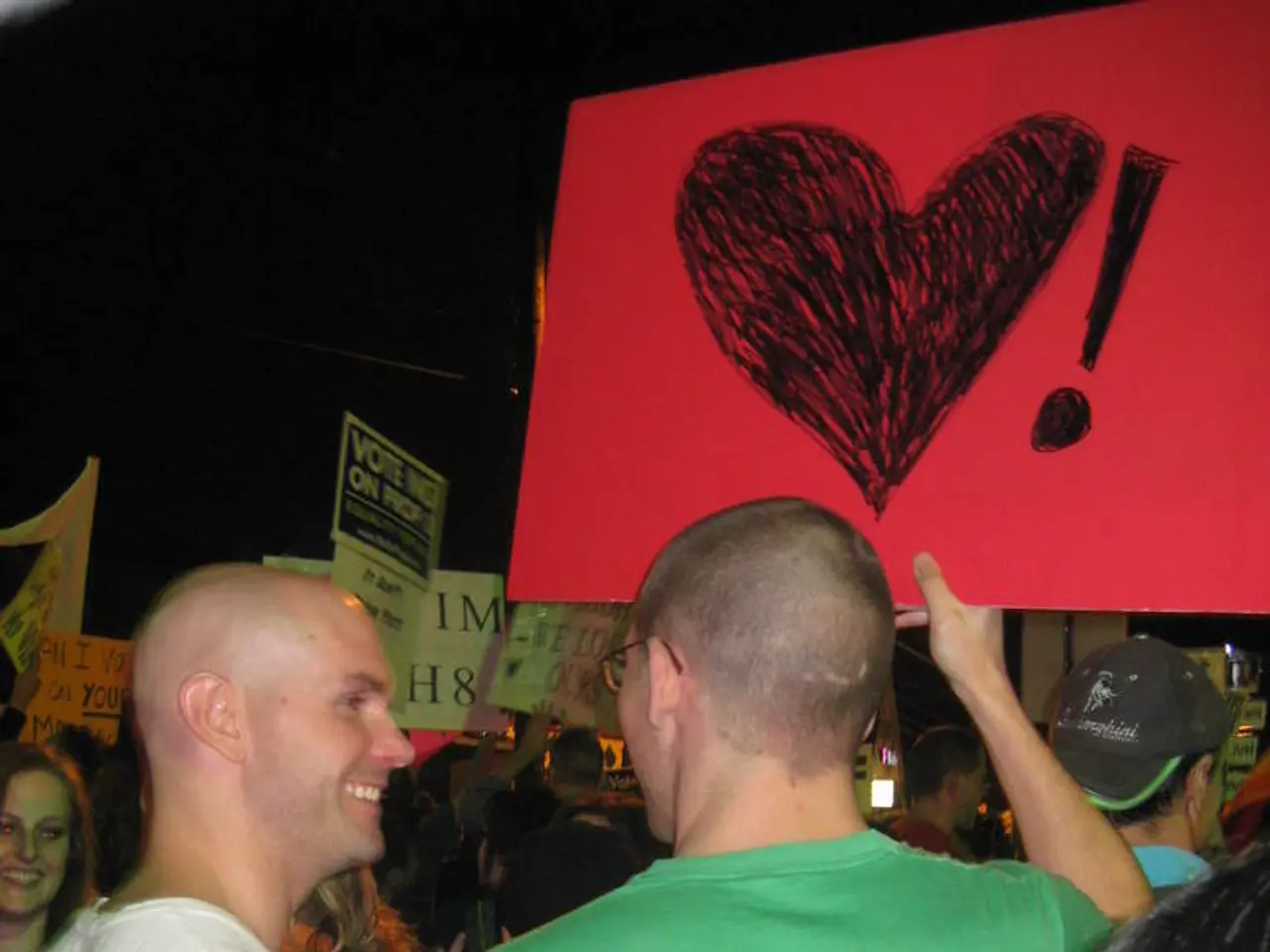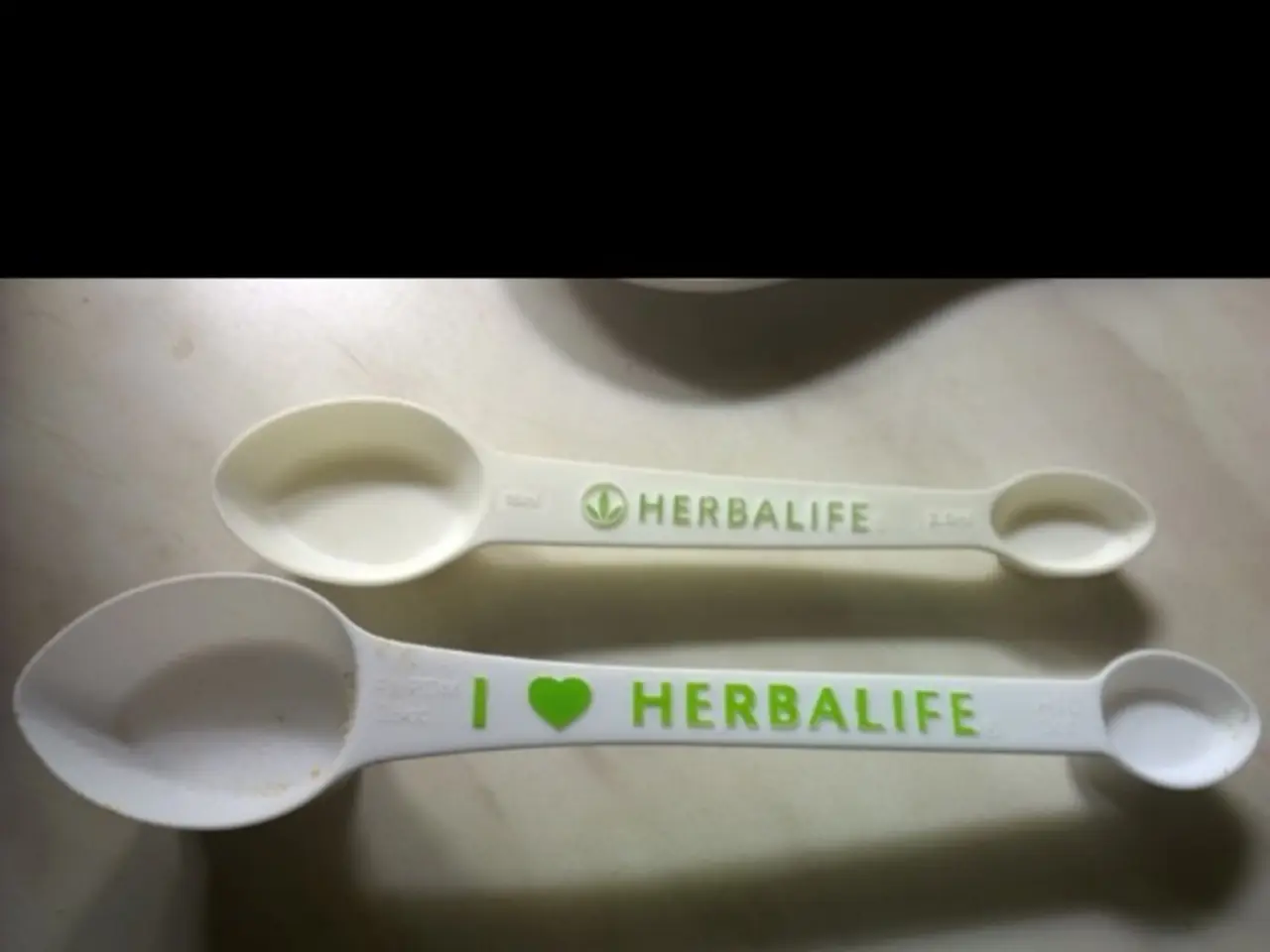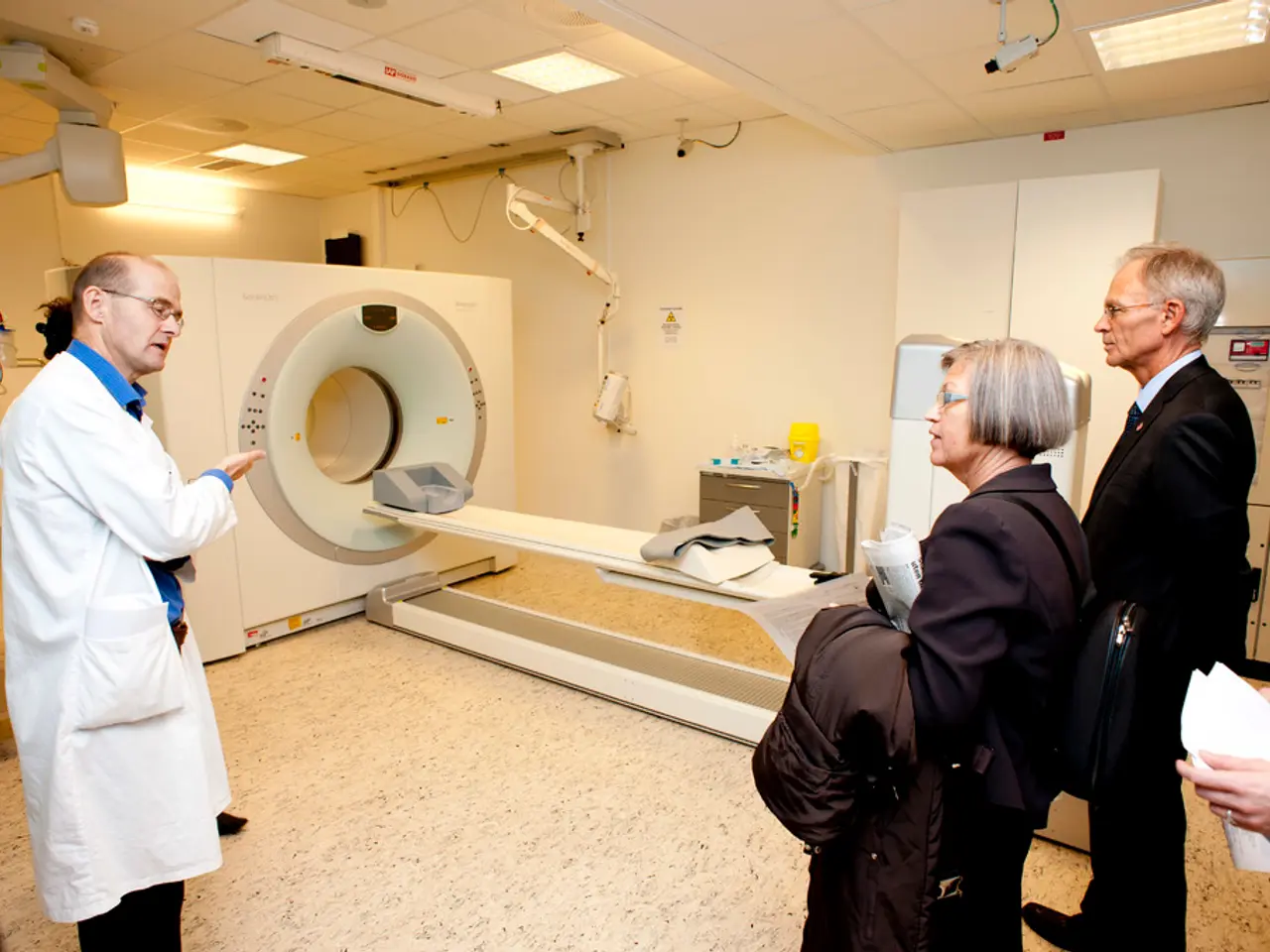Heart Attack Known as "Widow Maker": Recognizing Symptoms and Causes
A widow maker heart attack, medically known as an anterior ST-segment elevation myocardial infarction (STEMI), is a critical and potentially life-threatening condition caused by a complete blockage in the left anterior descending (LAD) artery, a vital artery that supplies a large portion of the heart muscle. The symptoms of this type of heart attack, which can include chest pain, shortness of breath, and cold sweats, often require immediate medical attention to prevent irreversible tissue damage and scarring to the heart muscle[1][2][3].
Common symptoms of a widow maker heart attack include chest pain or tightness, pain radiating to the jaw or left arm, shortness of breath, cold sweats (diaphoresis), sudden fatigue, nausea or vomiting, lightheadedness or dizziness, especially with exertion or position changes[1][2][3]. Women may experience atypical symptoms such as jaw pain, nausea, and sweating without obvious chest pain[1][2][3].
The primary cause of a widow maker heart attack is the rupture of atherosclerotic plaque leading to clot formation that blocks the LAD artery[1]. Risk factors that accelerate this process include uncontrolled high blood pressure (hypertension), smoking, diabetes, high LDL ("bad") cholesterol, sedentary lifestyle, chronic stress, and metabolic syndrome (belly fat, abnormal blood sugar and cholesterol)[1].
Treatment for a widow maker heart attack focuses on quickly restoring blood flow to the heart. Emergency angioplasty and stenting are common procedures to open the blocked artery, while medications like clot busters (thrombolytics), antiplatelets, and anticoagulants may also be administered[3]. Post-event, cardiac rehabilitation and lifestyle modifications are essential to reduce the risk of future heart attacks[3].
The survival rate for a widow maker heart attack is low, with approximately 25% survival if treated in the hospital and around 10% if it occurs outside the hospital[3]. Immediate CPR and defibrillation by bystanders and emergency services significantly improve survival chances[2][4].
Prevention is paramount in reducing the risk of a widow maker heart attack. People can lower their chances by making healthy lifestyle choices such as eating a diet rich in vegetables, fruits, whole grains, and lean proteins, avoiding artificial trans fats and added sugars, limiting alcohol consumption, avoiding or quitting smoking, doing at least 30 minutes of moderately intense physical activity per week, reducing stress, maintaining a moderate body weight, and taking medications that lower blood pressure and cholesterol levels[1].
Anyone who thinks they or another person may be having a heart attack should call 911 or ask someone to drive them to the nearest emergency room immediately. Early recognition and rapid intervention are critical to improve outcomes[3].
[1] American Heart Association (2021). Widowmaker heart attack. Retrieved from
- Uncontrolled diabetes, high LDL cholesterol, and metabolic syndrome are medical conditions that can accelerate the process leading to a widow maker heart attack.
- A primary symptom of asthma, which is a respiratory health-and-wellness issue, is shortness of breath, a common symptom also seen in widow maker heart attacks.
- In the science of cardiovascular health, Predictive modeling can help in understanding and predicting the risk factors associated with widow maker heart attacks.
- Science has identified obesity as a risk factor for various medical conditions, including type 2 diabetes and widow maker heart attacks.
- Depression, a mental health concern, has been linked to an increased risk of heart disease, including widow maker heart attacks.
- For those at risk of widow maker heart attacks, the PSA (Pre-Exposure Prophylaxis) is not applicable, as it is a preventive medication used to reduce the risk of HIV infection.
- Health-and-wellness professionals often advise regular health checks, including PSA tests for prostate health, and routine screenings to early detect and manage medical conditions associated with widow maker heart attacks.




